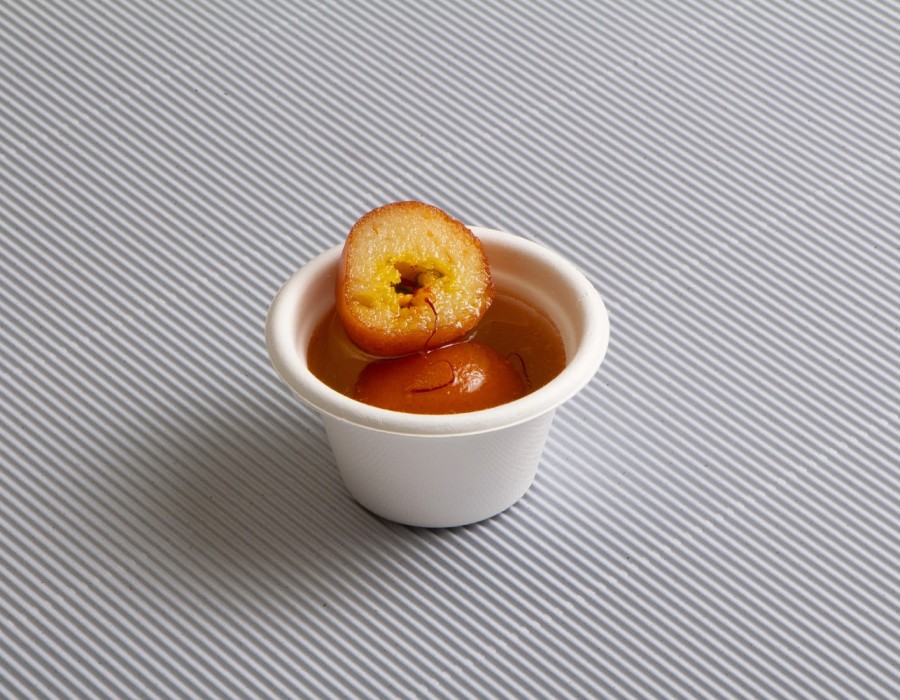Introduction
Bagasse bowls are derived from the fibrous residue left after sugarcane stalks are pressed for juice. This material, once considered agricultural waste, has now become a sustainable resource for eco-friendly tableware. By utilizing sugarcane byproducts, bagasse bowls contribute to waste reduction and environmental conservation. They are fully biodegradable and compostable, unlike plastic alternatives that take centuries to decompose, thus offering an effective solution for single-use tableware with a significantly lower environmental impact.
Durability Meets Convenience
While bagasse bowls are plant-based and biodegradable, they don't compromise on durability. These bowls are sturdy and capable of holding both hot and cold foods without losing their shape or leaking. Their heat resistance makes them microwave and freezer-safe, making them convenient for users who need both functionality and sustainability. For single-use events, restaurants, and takeout services, bagasse bowls provide the reliability of plastic or paper alternatives but with a much smaller carbon footprint.
Cost-Effective and Scalable
As the demand for sustainable products increases, the cost of producing bagasse bowls has become more competitive. Businesses looking for single-use tableware can now adopt bagasse bowls without significantly increasing their costs. As more companies switch to eco-friendly options, economies of scale have allowed bagasse products to be produced in large quantities, keeping prices reasonable. This scalability ensures that bagasse bowls remain a cost-effective and sustainable choice for large events, food services, and businesses striving for eco-consciousness.
Promoting a Circular Economy
One of the most important benefits of bagasse bowls is that they promote a circular economy. After use, these bowls can be composted and returned to the earth, enriching the soil rather than adding to landfills. Unlike traditional single-use tableware made of plastic or Styrofoam, which contributes to the global waste problem, bagasse bowls complete their life cycle in an environmentally responsible manner. By choosing bagasse bowls, consumers and businesses alike are supporting a more sustainable system of production and disposal.
Conclusion
In conclusion, bagasse bowls present the perfect solution for single-use tableware due to their eco-friendly origins, durability, cost-effectiveness, and contribution to the circular economy. As industries and consumers become more environmentally conscious, bagasse bowls will likely play a key role in reducing single-use plastic waste.





Comments